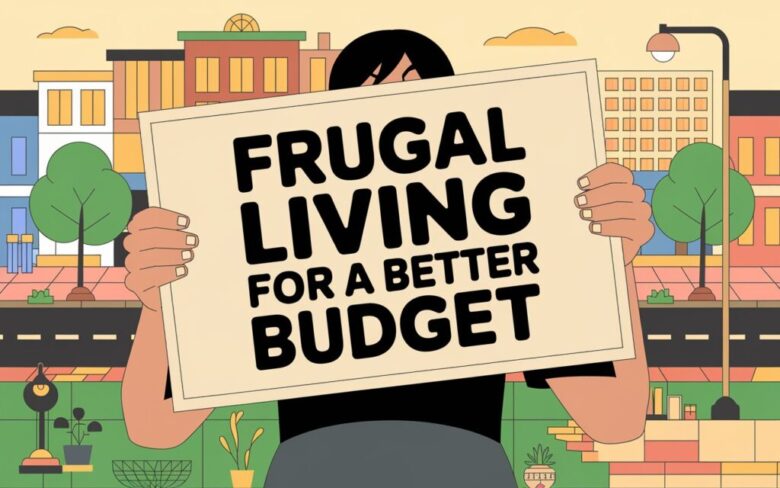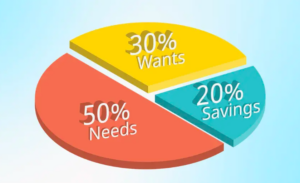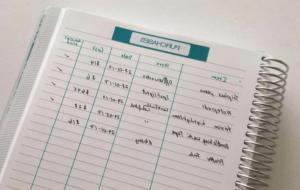Introduction to Frugal Living
Frugal living is a conscious decision to manage your resources wisely and prioritize what truly matters. It’s not about being cheap; it’s about being thoughtful with your spending so you can live a more fulfilling and stress-free life. Whether you’re just starting out with tight finances, managing a large family, or planning for future goals, frugal living can be adapted to suit any lifestyle. Beyond just saving money, it’s about cultivating habits that align with your values, reduce waste, and create a sustainable, healthier life.
Understanding Your Financial Situation
Before embarking on a frugal lifestyle, it’s essential to understand your financial situation. This involves taking a deep dive into your income, expenses, and financial goals. Begin by tracking your spending habits for at least a month to see where your money goes. Are there subscriptions you forgot to cancel or frequent expenses that could be minimized? Once you have a clear snapshot of your finances, set achievable financial goals—whether that’s building an emergency fund, paying off debt, or saving for a milestone like a home or a vacation. Understanding where you stand today will pave the way for smart financial decisions moving forward.
Budgeting Strategies for Frugal Living
Budgeting is the foundation of frugal living, and there are several proven methods to help you allocate your funds effectively. A common approach is the 50/30/20 rule, where 50% goes to needs like housing and food, 30% to wants, and 20% to savings or debt repayment. Alternatively, the zero-based budget requires you to assign every dollar of your income to a specific purpose, ensuring no money is unaccounted for. Whichever method you choose, the key is consistency. Regularly review your budget to ensure it aligns with your current needs and goals. Budgeting doesn’t mean deprivation—it’s about mindful spending to maximize value and minimize waste.
Saving on Housing and Utilities
Housing often represents the largest expense in most budgets, making it a prime candidate for cost-saving strategies. Consider downsizing to a smaller, more affordable living space or finding roommates to share expenses. If moving isn’t an option, simple actions like turning off lights, using energy-efficient appliances, and improving home insulation can lower utility bills. Think about bundling services like internet and cable—or even cutting the cord entirely—to further reduce costs. By optimizing where you live and how you maintain your space, you can make a significant dent in monthly expenses without sacrificing comfort.
Frugal Food Strategies
Food, while essential, can quickly become an unnecessary financial drain if not managed carefully. Meal planning is a game-changer for frugal living. By prepping meals at home, you save money compared to dining out or ordering takeout. Stick to a shopping list, buy seasonal produce, and avoid pre-packaged convenience foods to stretch your grocery budget. Reducing food waste is equally important—explore recipes that allow you to repurpose leftovers creatively, or freeze surplus items for later use. Small swaps, like brewing coffee at home instead of visiting a café daily, can add up to significant savings over time.
Transportation Savings
Transportation costs, such as car payments, fuel, and maintenance, can make a large dent in your budget. To save, explore alternatives like public transportation, carpooling, or biking to your destination. If public transit isn’t available, consider downsizing to a fuel-efficient or used vehicle. Regular maintenance and smart driving habits, such as avoiding excessive idling and aggressive acceleration, can also improve fuel efficiency and prolong your car’s lifespan. For those in urban areas, ride-sharing services may even eliminate the need for car ownership, saving you thousands annually.
Entertainment and Leisure on a Budget
Enjoying life doesn’t have to come at a high cost. There are countless ways to have fun without straining your wallet. Take advantage of free local events, parks, and museums for outings. Many streaming services offer free trials, and libraries provide free access to books, movies, and digital resources. Opt for potluck dinners with friends instead of expensive restaurant outings. Hobbies like hiking, crafting, or gardening can also be fulfilling and affordable. With a bit of creativity, you’ll find there’s no shortage of entertainment options that align with your frugal living goals.
Frugal Fashion and Personal Care
Looking your best doesn’t require a designer budget. Shop secondhand at thrift stores, consignment shops, or online marketplaces to score high-quality, affordable clothing. Buy versatile staples that can be mixed and matched to create different looks. For personal care, consider DIY solutions, like homemade face masks or at-home manicures. Instead of expensive gym memberships, try free workout apps or local community fitness programs. By focusing on quality over quantity and being intentional about purchases, you can maintain your style and self-care routine while sticking to your budget.
Health and Wellness on a Budget
Maintaining good health doesn’t mean spending a fortune. Preventive care, such as regular exercise, nutritious eating, and sufficient sleep, can minimize medical expenses in the long term. Choose generic medications when available, and explore community health clinics for affordable care options. Many cities offer free wellness programs, like yoga in the park or walking groups, which are great ways to stay active without paying gym fees. Prioritize mental health by practicing stress-relief techniques such as meditation or journaling, which are both inexpensive and highly effective.
Long-Term Frugal Living
Frugal living isn’t just about short-term gains—it’s a mindset that benefits your future as well. Start by building an emergency fund that covers 3-6 months of expenses, offering financial stability during unforeseen events. Look into low-fee investment options, such as index funds or retirement accounts, to grow your savings over time. Educate yourself on financial literacy to ensure you make informed choices. Adopting sustainable habits, like buying durable products or repairing rather than replacing items, will also contribute to long-term savings. Frugal living is a lifestyle—not a temporary fix—so find ways to make it enjoyable and align it with your long-term goals.
Why Frugal Living is Worth It
Frugal living is not about cutting out life’s joys—it’s about making intentional choices that bring more value and meaning to your life. By budgeting wisely, spending thoughtfully, and aligning your habits with your priorities, you can reduce financial stress, achieve your goals, and create a more purposeful lifestyle. Frugal living is for everyone, regardless of income or background. Start small, be consistent, and watch as the benefits ripple across every area of your life.




